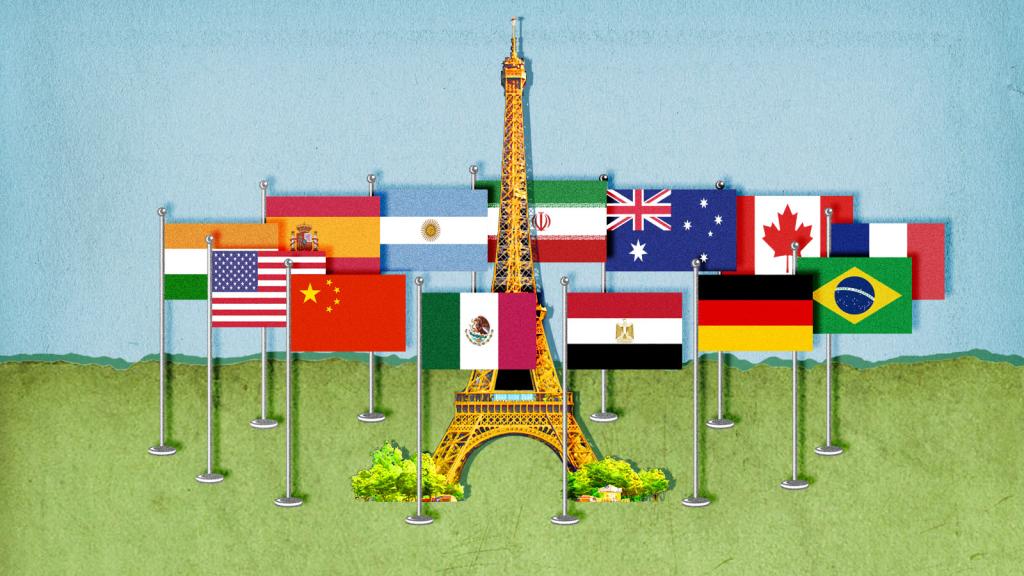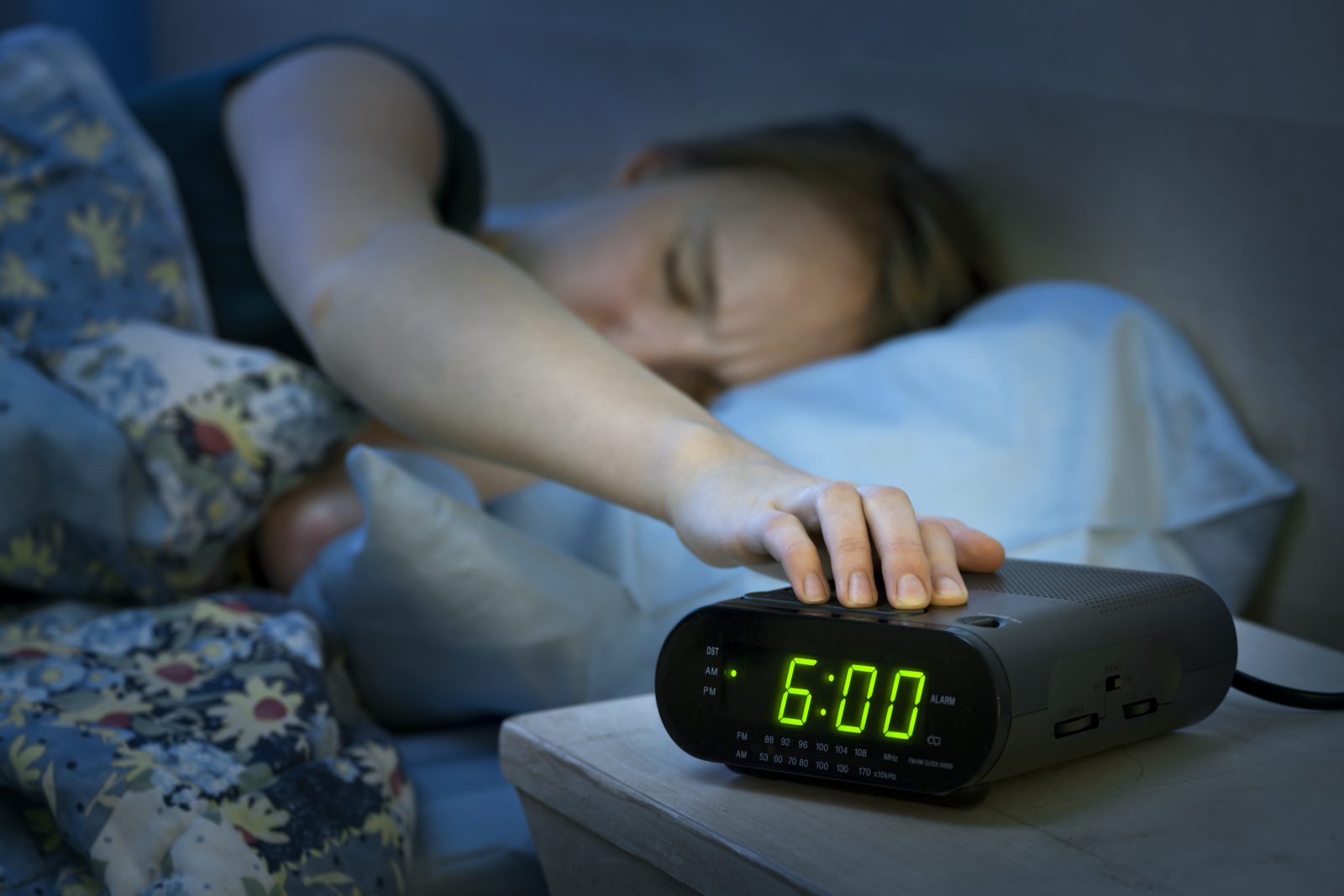People across the country will go through the mild torture of circadian disruption as daylight saving time (DST) comes to an end on Sunday morning. In preparation, writers from all corners of the internet have started debating the merits of falling back and springing forward. They cite various studies proving that adjusting our clocks either increases or decreases energy use, saves lives or costs them, and makes crime rates go up or down.
But no matter the evidence, a whole lot of people just hate DST, complaining that springing ahead leads to more car crashes, sleepier students, and added stress. The haters have launched many, many online petitions to scrap it entirely. One petition asks Congress to “please stop the messing with our schedules.” A 2014 poll found that half of Americans simply don’t see the point.
So what would it take for this anti-DST contingent to kill daylight saving once and for all? Can something as seemingly intractable as time be changed by government decree?
You bet! Daylight saving time was created by government decree after all. The United States actually adopted DST during World War I to save fuel, following Germany’s lead. (That’s right. It had nothing to do with helping farmers get more hours of daylight back in the olden days, contrary to the beliefs of most elementary school students and a number of Grist staffers). Farmers, in particular, opposed the change, and Congress repealed DST after the war ended.
The latest iteration springs from the 1966 Uniform Time Act, which has been tweaked several times since. In 1974, DST was observed year-round in response to the OPEC oil embargo, and it’s been extended twice since then, in 1986 and again in 2005.
States can opt out through legislation or executive action. Legislators in Alaska, California, and several other states have tried (and failed) to end their state’s participation. Two holdouts — Hawaii and Arizona (minus the Navajo Nation) — leave their clocks alone all year long. Scrapping DST nationwide, however, would likely prove more difficult, because it requires an act of Congress.
But the main reason DST is here to stay, says Michael Downing, author of Spring Forward: The Annual Madness of Daylight Saving Time, is that it’s good for business. Retailers, home-improvement shops, and other industries benefit from an extra hour of summer daylight, giving people more time to shop, play, and work in the yard. The golf industry, for example, estimates that DST brings in an additional $200 million each year.
Not only do these industries lobby to continue this practice, but they also fight to make it longer. The main push for extending DST into November, Downing says, came from the makers of Halloween candy. Lobbyists even put candy pumpkins on every senator’s chair during DST hearings in 1985.
The only way to end daylight saving time, it seems, is to get big business out of Congress. So until that happens, enjoy the extra hour of sleep. You’ll pay it back in March.



